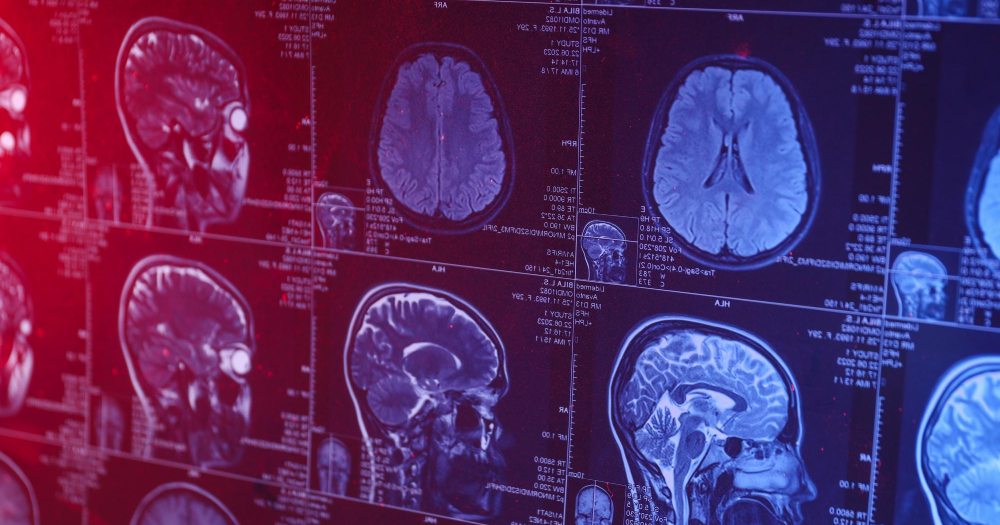New algorithm promises to revolutionize cancer detection

It's not every day a new algorithm stirs up the cancer research world like a thunderclap. But PRRDetect has done just that. Born from the minds at the University of Cambridge and backed by the NIHR Research Professorship and Cancer Research UK, this new digital sleuth promises to reshape how we find — and fight — certain cancers. Instead of treating tumors as a faceless foe, PRRDetect gets personal, spotlighting those more likely to crumble under the right treatment.
"We are getting closer to the point where getting your tumor sequenced will be as routine as a scan or blood test," says Professor Serena Nik-Zainal, the driving force behind the project.
Let's take a stroll through what makes this so special.
How does it work?
PRRDetect operates a bit like a metal detector — but for messed-up DNA. It combs through a tumor's full genome, hunting for specific glitchy signatures called indel mutations — tiny blips where bits of DNA are added or deleted.
Here's what makes it tick:
- It reads entire tumor DNA sequences (we're talking 4,775 samples from seven types of cancer).
- It flags tumors with post-replicative repair dysfunction (PRRd) — a sign that the cells can't fix their own DNA.
- PRRd tumors are vulnerable — they respond better to treatments like immunotherapy, which turns your own immune system into a cancer-fighting machine.
That last bit? It's the secret sauce. These are the cancers that crack under pressure. PRRDetect finds them.
Why does it matter?
Because when it comes to cancer, time and accuracy mean everything. Treating a tumor with the wrong plan is like bringing a water pistol to a wildfire. But this algorithm could change the odds.
- More precise treatment: It helps doctors zero in on what will work, not just what might.
- Higher survival chances: Cancers that are flagged by PRRDetect are more likely to respond to targeted immunotherapies.
- Routine use is on the horizon: As sequencing becomes cheaper and faster, using tools like PRRDetect might soon be as common as ordering bloodwork.
"To use genomics most effectively in the clinic, we need tools which give us meaningful information about how a person's tumor might respond to treatment," Professor Nik-Zainal notes.
The context
PRRDetect didn't appear out of thin air. It's built on a foundation laid by years of cancer genome research, including the 100,000 Genomes Project. That vast dataset gave researchers the raw material to train and fine-tune the algorithm. Here's what shaped the journey:
- 37 mutation patterns were found across bowel, brain, skin, stomach, and other cancers.
- 8 of those patterns were linked to PRRd, while others tied to smoking, UV damage, or still-mysterious processes inside our cells.
- This is part of a larger push, funded by groups like the NIHR, to bring cutting-edge research right into everyday clinics.
So yes, it's about fancy tech and breakthrough science. But more than that, it's about giving real people a fighting chance — with the right tool, at the right time.
💡Did you know?
You can take your DHArab experience to the next level with our Premium Membership.👉 Click here to learn more
🛠️Featured tool
 Easy-Peasy
Easy-Peasy
An all-in-one AI tool offering the ability to build no-code AI Bots, create articles & social media posts, convert text into natural speech in 40+ languages, create and edit images, generate videos, and more.
👉 Click here to learn more


